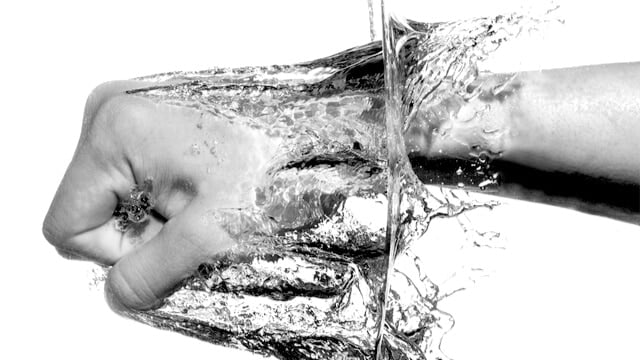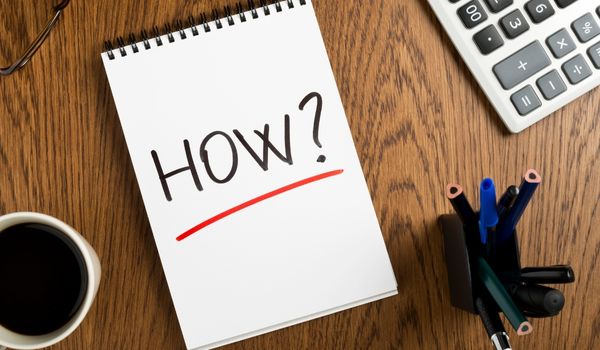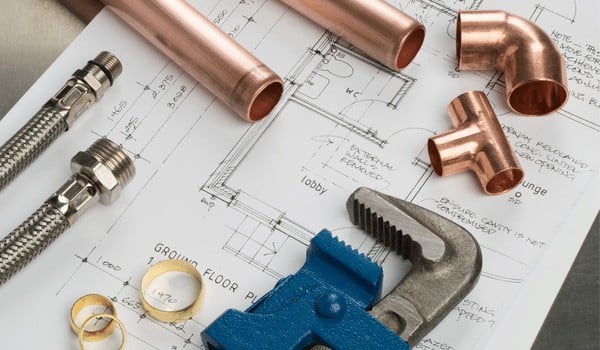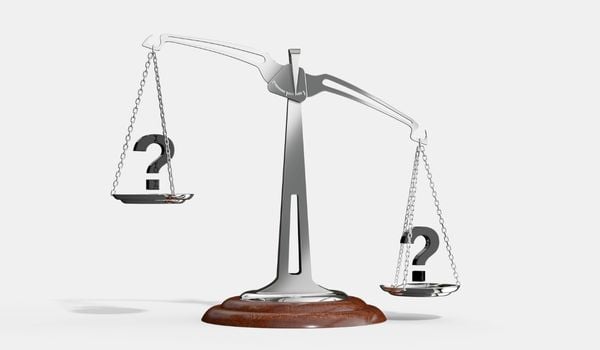Most people hear “water softener” and picture salt bags and pipe fittings. But.. what do these systems actually do? And why do they matter for your home?
If you’re dealing with dry skin, soap scum, or mysterious limescale, your water might be the culprit. So what does a softener actually do — and why should it matter to you?
✅ Quick Takeaways
- 🧪 A water softener removes hardness minerals like calcium and magnesium
- 🔁 It works through ion exchange — swapping hard ions for sodium (or potassium)
- 🚿 Soft water feels better on skin, helps soap rinse clean, and prevents scale buildup
- 🛠️ The system regenerates automatically using salt from a brine tank
- 🏠 Salt-free systems exist too — they prevent scale without removing minerals
🧂 Hard Water 101: Why It Matters

Hard water is loaded with natural minerals — mainly calcium and magnesium. They’re harmless to drink (some say even healthy), but they can seriously mess with your home’s plumbing and appliances.
These minerals cause limescale — a chalky buildup that clings to pipes, tanks, and anything water touches. Over time it can: lower water pressure, clog up fixtures, and wear down your water heater.
And it’s not just about your plumbing. Hard water can also leave your skin dry, your dishes spotty, and your laundry feeling stiff.
❓ Do You Actually Need a Water Softener

More than 80% of U.S. homes have hard water — but not everyone realizes the damage it can cause.
Hard minerals like calcium and magnesium don’t just leave behind spots on glassware or dry out your skin. Over time, they build up inside pipes, appliances — and cut the efficiency of your water heater. That crusty white scale? It’s costing you money.
Here’s when it’s worth investing in a softener:
- You’ve got limescale on faucets or inside your kettle
- Soap doesn’t lather well and leaves residue on your skin or tub
- Your water heater needs frequent flushing or repairs
- Dishes come out of the dishwasher cloudy or streaked
- Clothes feel stiff or fade faster than they should
You don’t need to soften water to make it safe — hard water isn’t harmful to drink. But if you’re constantly scrubbing buildup or replacing appliances, a water softener pays for itself fast.
👉 Still not sure? This breakdown of what hard water does to your home can help you decide. It’s a self-cleaning system, and best of all. It all happens automatically.
🛠️ How Does a Water Softener Regenerate?

A water softener isn’t just a passive system — it refreshes itself through a process called regeneration.
Here’s the gist:
- As hard water flows through the softening tank, calcium and magnesium stick to the resin beads.
- Over time, the beads become saturated and stop working efficiently.
- That’s when the brine tank kicks in, flushing the resin with a salty solution to knock the hard minerals loose.
- These minerals get rinsed down the drain, and the beads are ready to work again.
Most newer systems handle this automatically. Once you program your system with your hardness level, it tracks usage and regenerates only when needed — usually every few days.
🔁 Good to Know: Regeneration uses both water and salt, so if you notice higher usage or salty-tasting water, your system may need adjusting. Here’s why that happens.
🧰 Installing a Water Softener: What to Expect

You don’t need to be a master plumber to install a water softener — but a little DIY know-how goes a long way.
🔧 Here’s what the setup usually involves:
- It’s plumbed into your main water line, usually in the basement or garage — ideally before your water heater.
- You’ll need access to a drain line and an electrical outlet.
- The system includes two tanks: one for resin, one for salt.
- Most units take up about 16 square feet of space and are quiet once running.
If that sounds like a lot, don’t worry — many systems are designed with homeowners in mind. If you can handle basic plumbing and follow the manual, it’s a very doable weekend project.
📌 Pro Tip: If your incoming water is from a private well, make sure to test first — excess iron or tannins can damage your resin. This guide to water testing can help you get started.
⚖️ Pros & Cons of Using a Water Softener

Water softeners solve a lot of hard water headaches — but like any system, they come with trade-offs. Here’s a quick look at the ups and downs:
| ✅ Pros | ⚠️ Cons |
|---|---|
| Softer skin, smoother hair, cleaner dishes & clothes | Adds sodium to water — may not suit low-sodium diets |
| Prevents limescale buildup in pipes and appliances | Not ideal for gardens or watering plants |
| Improves water heater efficiency and extends lifespan | Requires salt refills and occasional maintenance |
| Helps cut down on soap scum and cleaning time | Takes up floor space for tank + brine reservoir |
| Can increase home resale value | Not eco-friendly — uses water and discharges salt |
💡 If you’re dealing with constant buildup, dry skin, or dull laundry, the pros of softened water often outweigh the cons — especially when you factor in energy savings and appliance lifespan.
🧂 What About Salt-Free Softeners?

Salt-free water softeners — more accurately called conditioners — don’t remove hard minerals. Instead, they prevent scale buildup — by changing the way calcium and magnesium behave in water.
These systems use a process called Template Assisted Crystallization (TAC) to neutralize minerals so they don’t stick to your plumbing or appliances. The minerals stay in the water but don’t cause that chalky residue.
- ✅ Best For: Households with moderate hardness that want low-maintenance, eco-friendly protection against scale.
- 🚫 Not Ideal If: You want the “slippery” feel of softened water or need to reduce high hardness levels.
👉 Learn more about how salt-free softeners compare and whether they’re right for your setup.
| 🧼 System Type | 🔍 What It Does | 📌 Best For | ⚠️ Considerations |
|---|---|---|---|
| 🧂 Salt-Based Softener | Removes hard minerals through ion exchange | Homes with very hard water, limescale, or sensitive appliances | Requires salt refills and discharge drainage |
| 🌿 Salt-Free Conditioner | Neutralizes minerals to prevent scale (doesn’t remove them) | Eco-conscious users or moderate-hard water areas | Doesn’t produce the “soft” water feel or improve soap lathering |
💡 Which One Should You Choose?
If you’re battling heavy limescale or want that classic silky-soft water feel, a salt-based softener is still king. But if you’re eco-minded or just need to prevent buildup (without ditching your minerals), a salt-free conditioner can get the job done with less fuss.
📐 Sizing Your Water Softener (The Right Way)

Buying a softener that’s too small means constant regenerating and wasted salt. Too big, and it won’t soften properly. The right size? Just right for your water and your household.
Here’s how to get it right:
| 🏠 Factor | 🔎 What To Know |
|---|---|
| 👨👩👧👦 Number of people | Multiply by 80–100 gallons per day (average use) |
| ⚙️ Grains of hardness | Get this from your water test results |
| 📊 Formula | People × gallons × hardness = softener size (grains) |
💡 Pro Tip: If you’re on a private well or unsure of your hardness level, a quick water test can help you choose the right system and avoid damaging the resin.
🧠 Final Thoughts
Hard water isn’t dangerous, but over time, it can quietly wreck your plumbing, appliances, and patience. The good news? You don’t need to be a plumber (or a chemist) to fix it.
A well-sized softener makes your water feel better, your dishes sparkle, and your appliances last longer — all without breaking the bank. Whether you go with a classic salt-based system or an eco-friendly conditioner, you’re setting your home up for fewer repairs and better water overall.
💧 A softener might be one of the smartest upgrades your home never knew it needed.
 87 people found this helpful. Was this guide helpful to you?
87 people found this helpful. Was this guide helpful to you? 

